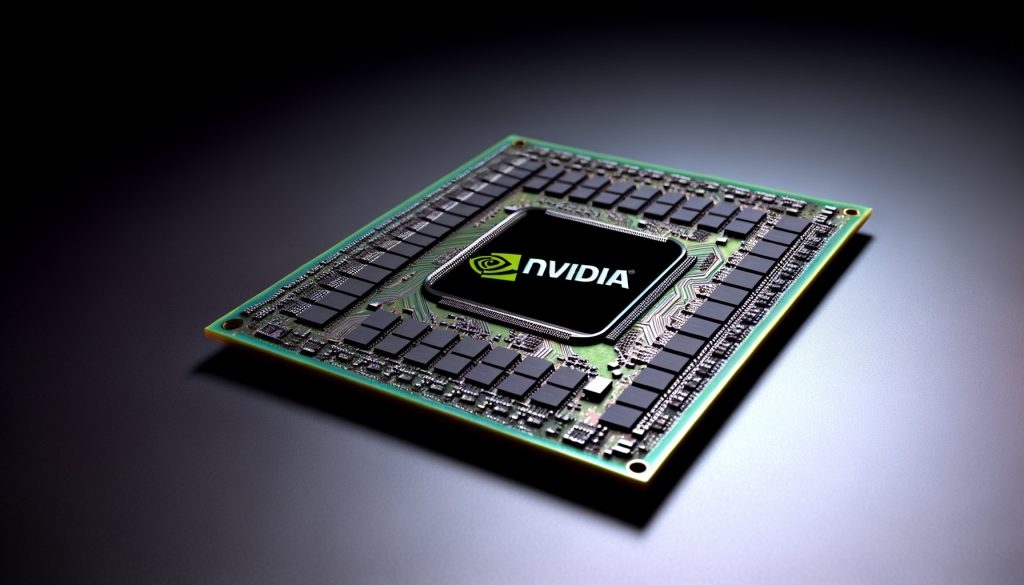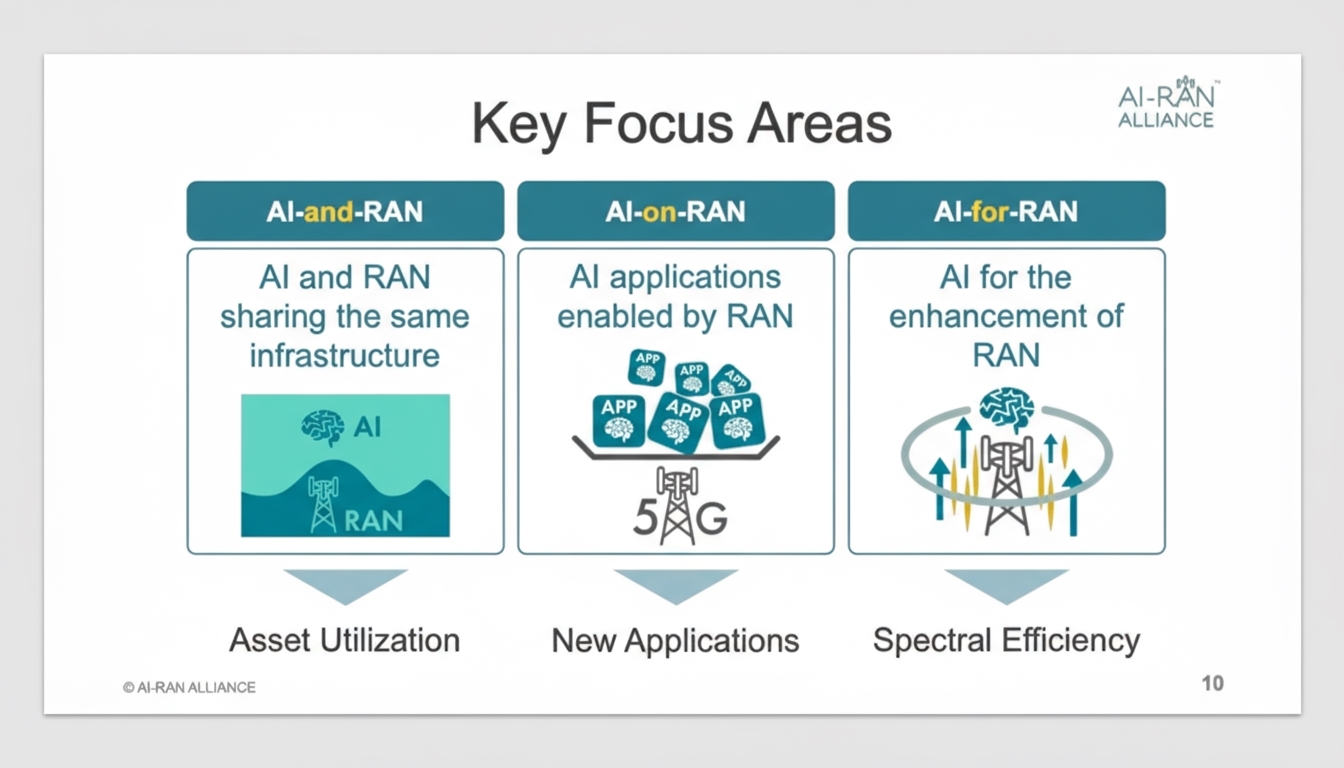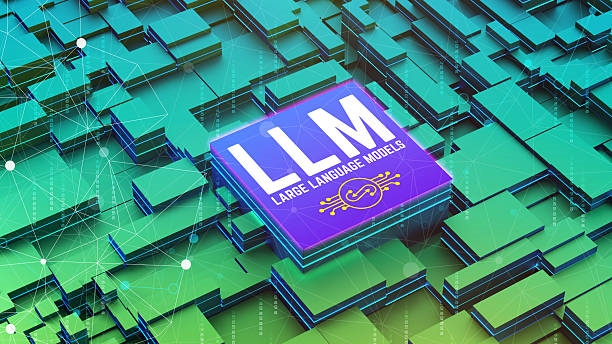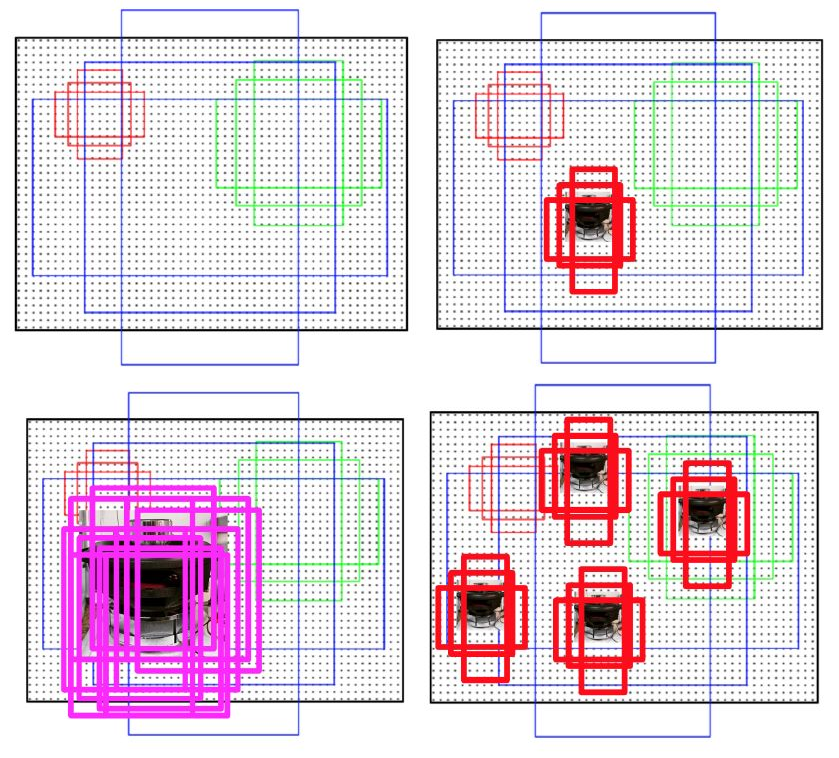Overview
Deep learning is a branch of artificial intelligence (AI) that trains neural networks to learn and reason. In recent years, its ability to solve complex problems and deliver advanced performance across domains has attracted significant attention. Deep learning algorithms have transformed AI by enabling machines to process and understand large volumes of data. These algorithms are inspired by the structure and operation of the human brain.
What are the typical deep learning applications within AI? Deep learning is frequently used across a wide range of AI tasks. These algorithms allow machines to analyze and interpret visual input and have proven effective in computer vision. The sections below outline several representative deep learning applications in AI and examine industries where these methods yield strong results, from image recognition and natural language processing to healthcare and cybersecurity.
Common Deep Learning Applications in AI
- Image recognition and computer vision
- Natural language processing (NLP)
- Speech recognition and voice assistants
- Recommendation systems
- Autonomous driving
- Healthcare and medical imaging
- Fraud detection and cybersecurity
- Gaming and virtual reality
Deep learning has many uses across these areas and its potential continues to grow. The following sections analyze several broad applications of deep learning in AI.
Image Recognition and Computer Vision
Deep learning has significantly improved performance on image recognition and computer vision tasks. By training deep neural networks on large datasets, systems can now reliably classify and interpret images, enabling a range of applications. Examples include smartphone apps that identify dog breeds from photos and autonomous vehicles that detect pedestrians, traffic signs, and other obstacles for safe navigation.
1. Deep learning models for image classification
Image classification assigns labels to photos based on their content. Convolutional neural networks (CNNs) excel at this task by learning to recognize patterns and features in visual representations, allowing classification of objects, scenes, and specific attributes in images.
2. Object detection and localization with deep learning
Object detection and localization go beyond classification by identifying and locating multiple items within an image. Deep learning methods such as You Only Look Once (YOLO) and region-based CNNs (R-CNNs) can detect and localize objects in real time. These techniques are used in robotics, autonomous vehicles, and surveillance systems.
3. Face recognition and biometric applications
Deep learning has transformed face recognition, enabling precise identification based on facial features. Face recognition is used in security systems, access control, surveillance, and law enforcement. Deep learning methods are also applied to other biometric technologies such as voice recognition, iris scanning, and fingerprint recognition.
Natural Language Processing (NLP)
NLP enables computers to understand, translate, and generate human language. Deep learning has driven major advances in NLP, improving many language-related tasks. Virtual assistants like Siri and Alexa are practical examples that can interpret spoken commands and questions.
1. Text classification and sentiment analysis with deep learning
Text classification assigns documents to categories. Recurrent neural networks (RNNs) and long short-term memory (LSTM) networks are commonly used for such tasks. Sentiment analysis, a widely used form of text classification, determines whether text expresses positive, negative, or neutral sentiment.
2. Machine translation and language generation
Deep learning has improved machine translation substantially. Neural machine translation (NMT) models outperform previous methods across many language pairs by capturing contextual information and producing more accurate, fluent translations. Deep learning models are also used to generate coherent text such as news summaries, poetry, and other written content.
3. Question answering and chatbot systems
Chatbots and question-answering systems use deep learning to interpret and respond to human queries. Transformer architectures and attention mechanisms have advanced the ability to understand context and semantics, enabling generation of relevant answers.
Speech Recognition and Voice Assistants
Speech recognition systems and voice assistants that understand and respond to human speech have benefited greatly from deep learning. Examples include dictation on smartphones and voice commands for smart speakers that play music or provide weather updates.
1. Deep learning models for automatic speech recognition
Automatic speech recognition (ASR) systems convert spoken language to written text. RNNs and attention-based models have greatly improved ASR accuracy, enabling better voice commands, transcription services, and assistive technologies for people with speech impairments. Voice search features in major search engines rely on these advances.
2. Voice assistants powered by deep learning
Voice assistants such as Siri, Google Assistant, and Amazon Alexa use deep learning to recognize and execute spoken requests. These systems interpret speech, infer user intent, and provide accurate, context-aware responses.
3. Applications in transcription and voice control
Deep learning–based speech recognition is used for large-scale transcription services that convert audio content to text. Voice control systems in smart homes and in-vehicle infotainment use deep learning to enable hands-free interaction and control via voice commands.
Recommendation Systems
Recommendation systems apply deep learning to offer personalized suggestions based on users' tastes and behavior.
1. Deep learning–based collaborative filtering
Collaborative filtering recommends items or services to users based on similarities with other users. Techniques such as matrix factorization and deep autoencoders have improved the accuracy and performance of collaborative filtering, producing more relevant and personalized recommendations.
2. Personalized recommendations with deep neural networks
Deep neural networks identify complex relationships and patterns in user behavior data to provide precise personalized suggestions. By analyzing user interactions, purchase history, and demographics, deep learning models predict preferences and recommend products, movies, or content. Streaming services commonly use these techniques to suggest films or shows based on viewing history.
3. Applications in e-commerce and content platforms
Deep learning algorithms power recommendation systems on e-commerce platforms and content streaming services such as Netflix and Spotify, helping users discover items, entertainment, or music that match their preferences and improving engagement.
Autonomous Driving
Deep learning has had a major impact on autonomous vehicles' ability to perceive and navigate their surroundings. These vehicles analyze large volumes of sensor data in real time with deep learning algorithms, enabling informed decisions, navigation in complex scenarios, and improved safety for passengers and pedestrians.
1. Object detection and tracking for autonomous driving
Autonomous vehicles perform critical tasks like object detection and tracking to identify and monitor pedestrians, vehicles, and traffic signals. Convolutional and recurrent neural networks, among other deep learning techniques, are essential for achieving high accuracy and real-time performance in these tasks.
2. Deep reinforcement learning for driving decisions
Deep reinforcement learning is used to make complex driving decisions and handle diverse traffic situations. Vehicles can learn from historical driving data and use deep neural networks to adapt to changing road conditions. Modern autonomous systems combine advanced sensors and AI algorithms to navigate traffic, identify obstacles, and make real-time judgments.
3. Applications in autonomous navigation and safety systems
Autonomous navigation systems that interpret sensor data, plan routes, and make real-time decisions rely heavily on deep learning. These systems focus on collision avoidance, lane departure warnings, and adaptive cruise control to improve vehicle safety and reliability.
Healthcare and Medical Imaging
Deep learning shows significant potential to transform healthcare and medical imaging by assisting diagnosis, disease detection, and patient care. AI-driven algorithms can accurately identify early-stage tumors in medical images, supporting timely treatment decisions and improving patient outcomes.
1. Deep learning for medical image analysis and diagnosis
Deep learning algorithms extract important insights from the large volumes of data produced by medical imaging systems. CNNs and generative adversarial networks (GANs) are examples of models used for tumor detection, radiology image processing, and histopathology interpretation.
2. Disease detection and prognosis prediction models
Deep learning models analyze electronic health records, patient data, and medical images to build predictive models for disease detection, prognosis, and treatment planning.
3. Applications in clinical research and patient care
Deep learning can accelerate drug discovery, predict treatment outcomes, and assist clinical decision making. It can also support diagnosis, monitor vital signs, and provide personalized recommendations for lifestyle changes and preventive measures.
Fraud Detection and Cybersecurity
Deep learning has become critical for detecting anomalies, identifying fraud patterns, and strengthening cybersecurity defenses.
1. Deep learning models for anomaly detection
These models excel at identifying anomalies or outliers in large datasets. By learning typical patterns, deep learning models can detect unusual behavior, network intrusions, and fraudulent activity. Such methods are used in network monitoring, cybersecurity systems, and financial transaction monitoring. Organizations across finance and technology employ these techniques to protect systems.
2. Deep neural networks in fraud prevention and cybersecurity
Deep neural networks are used in fraud prevention systems to detect and block fraudulent transactions, credit card fraud, and identity theft. These algorithms analyze user behavior, transaction data, and historical patterns to flag suspicious activity and alert security teams, enabling proactive fraud prevention.
3. Applications in financial transactions and security
Deep learning algorithms help safeguard sensitive data, protect financial transactions, and prevent online threats. AI-powered cybersecurity systems can proactively identify and mitigate emerging risks by learning and adapting to changing attack patterns.
Gaming and Virtual Reality
Deep learning has improved game AI, character animation, and immersive environments, benefiting game development and virtual reality experiences. For example, VR games can adapt and customize gameplay based on a player's real-time actions and reactions.
1. Deep learning in game development and character animation
Deep learning techniques produce more intelligent and realistic game characters. Game developers train deep neural networks on large motion-capture datasets to create lifelike animations, enhance character behavior, and deliver more immersive experiences.
2. Deep reinforcement learning for game AI and decision making
Deep reinforcement learning lets agents learn and improve gameplay through interaction with the environment. In game AI, these algorithms help discover optimal strategies, adapt to different game contexts, and provide challenging, engaging gameplay.
3. Applications in VR and AR experiences
Augmented reality (AR) and virtual reality (VR) experiences have improved due to deep learning. VR and AR systems use deep neural networks to track and recognize objects, detect motion and facial expressions, and construct realistic virtual environments that increase immersion and interactivity.
Conclusion
Deep learning has become a powerful technology within AI, enabling systems to learn and make informed decisions. Its applications span image recognition, NLP, cybersecurity, healthcare, and more, enhancing AI capabilities and prompting innovation across industries. Deep learning continues to expand AI systems' capabilities and drive practical advances in many fields.
FAQ
Q1: What is deep learning and how does it relate to AI?
A1: Deep learning is a subfield of artificial intelligence that trains artificial neural networks with multiple layers to learn and extract complex patterns and representations from data. It enables AI systems to process large datasets and make informed decisions or predictions.
Q2: How do deep learning algorithms enhance AI systems?
A2: Deep learning algorithms enable AI systems to learn hierarchical representations of data, automatically extract relevant features, and make more accurate predictions or classifications. They can handle large-scale unstructured data and discover complex patterns that traditional machine learning methods may struggle to capture.
Q3: What potential future applications exist for deep learning in AI?
A3: Potential applications include autonomous driving, medical diagnosis and treatment, natural language processing, computer vision, robotics, recommendation systems, and fraud detection. Deep learning has the potential to transform many industries and make AI systems more capable and intelligent.
Q4: How does deep learning help develop virtual assistants and chatbots?
A4: Deep learning is essential for developing intelligent virtual assistants and chatbots. These systems train deep neural networks on large volumes of text data to understand and generate human-like responses. They can engage in natural language conversations and provide personalized assistance, continually improving performance and adapting to user preferences and needs.
 ALLPCB
ALLPCB








